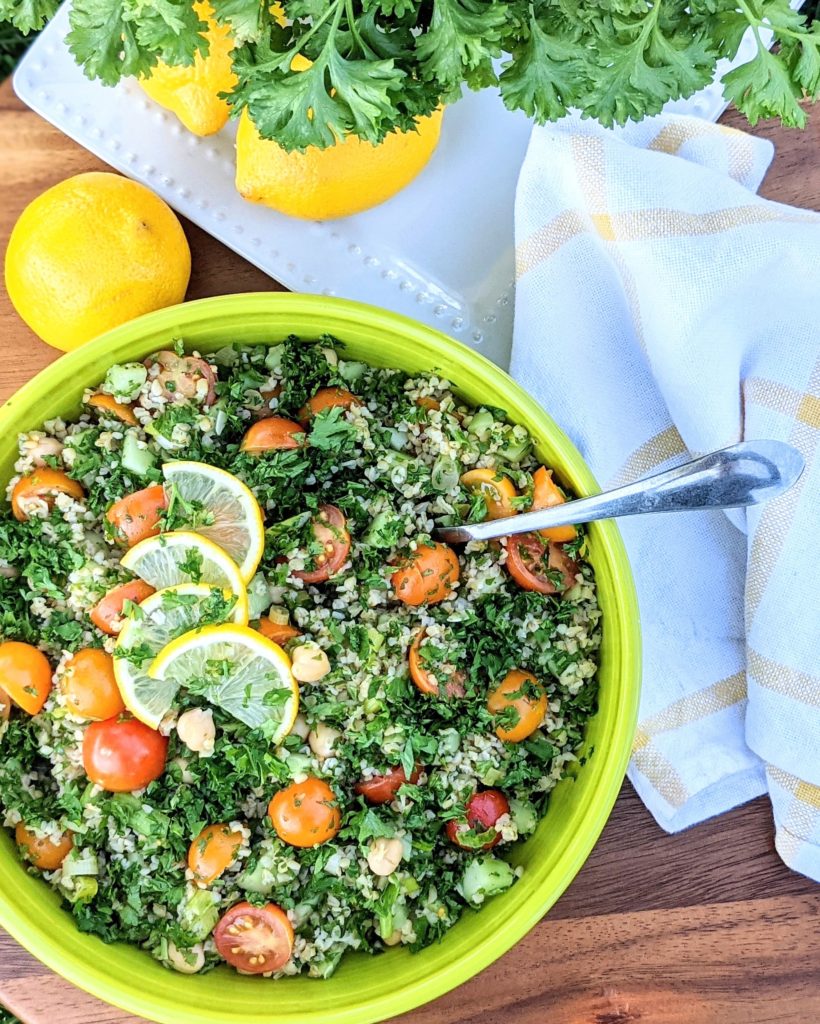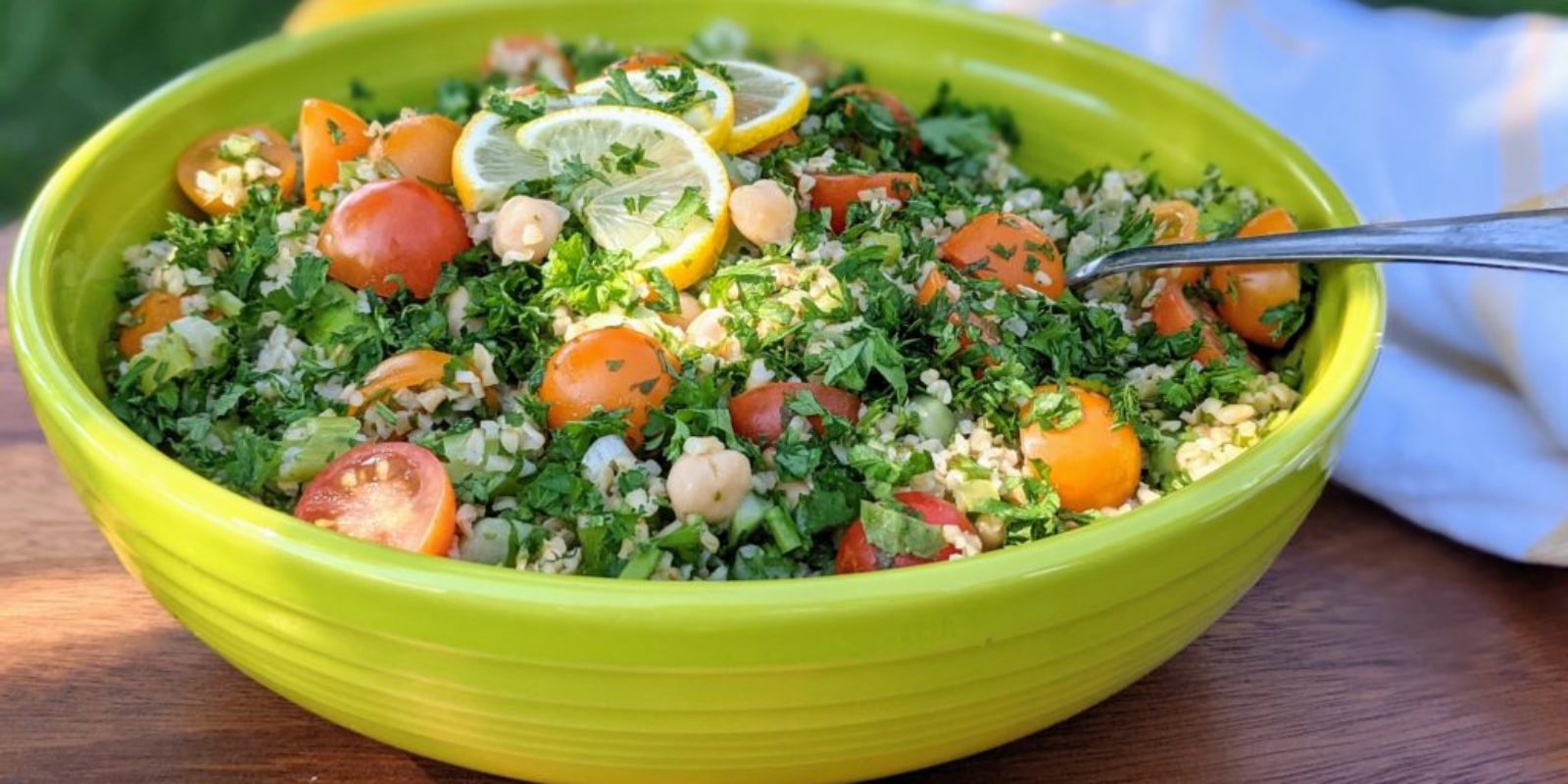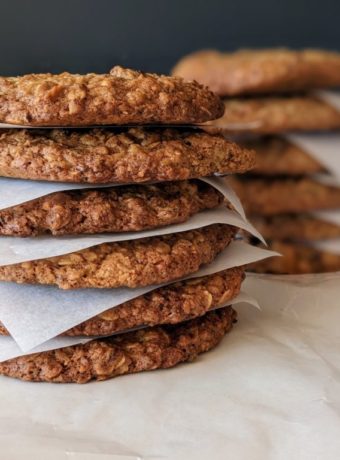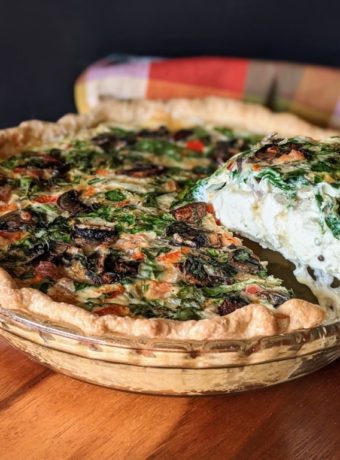Tabbouleh salad has long been a favorite of mine. This Middle Eastern salad is made with bulgur wheat saturated in parsley and lemon juice. It’s delicious and refreshing anytime of the year, but especially so when you have access to garden fresh produce. However, don’t let that stop you, a big dose of tabbouleh is a great way to fend off those winter time blues. Perfect served as a side salad along with hummus and flat bread, a filling in pocket bread, or just to pack in a lunch. You can find my recipes for both hummus and flatbread here if you like https://thorncreekcookery.com/5-minute-hummus/ https://thorncreekcookery.com/easy-homemade-naan/.
Ingredients / Serves 4-6
1 cup boiling water (chicken or vegetable broth can also be used)
1 cup bulgur wheat (fine or extra-fine)
1 medium cucumber, seeded and chopped fine
1-2 tomatoes, seeded and chopped (or 1-2 cups cherry tomatoes, halved)
1 bunch scallions (green onion), thinly sliced
2 bunches parsley, finely chopped (organic preferred)
1/2-1 cup garbanzo beans (optional)
1/4 cup fresh mint, finely chopped (if available)
Dressing
1/3 cup lemon juice, fresh (or more to taste as salad should be very lemony)
1/3 cup olive oil
1-2 cloves garlic, crushed or finely chopped (optional)
1/2 teaspoon salt or more to taste
Method
Step 1) Place bulgur in a medium bowl and add boiling water. Cover with plastic food wrap or a tight fitting lid. Let soak for at least 20-30 minutes until wheat is tender and fluffy.
Step 2) While bulgur is soaking, chop the remaining ingredients and place in large mixing bowl.
Step 3) Add bulgur to parsley and vegetables.
Step 4) Whisk together lemon juice, olive oil, garlic, and salt and pour over salad and toss well. If needed add more lemon juice as this salad should be very lemony.

Recipe Notes
Bulgur wheat is wheat that has been parboiled, dried, and made into grits. Often mistaken for cracked wheat, it does come in fine, medium, and course grits. The fine, which can be found in most bulk sections at your grocery store does not need to be cooked any further, but rather just soaked. Soaking it in boiling water/liquid speeds up the process. Most tabbouleh recipes call for a 1 to 2 ratio of grain to liquid, or some may not give a precise amount of liquid other than to say to cover grain with water, soak and then drain off excess. I use a 1 to 1 ratio when using the fine course grit for a few reasons. First, there is no need to drain off extra liquid as it will all be absorbed. Secondly, the grit will still be able to soak up some of the extra liquid more readily from the dressing and vegetables that will be added, making for a drier, fluffier, and flavorful mix. Makes it especially nice when stuffing a pocket bread or when combining with another salad or entrée.



